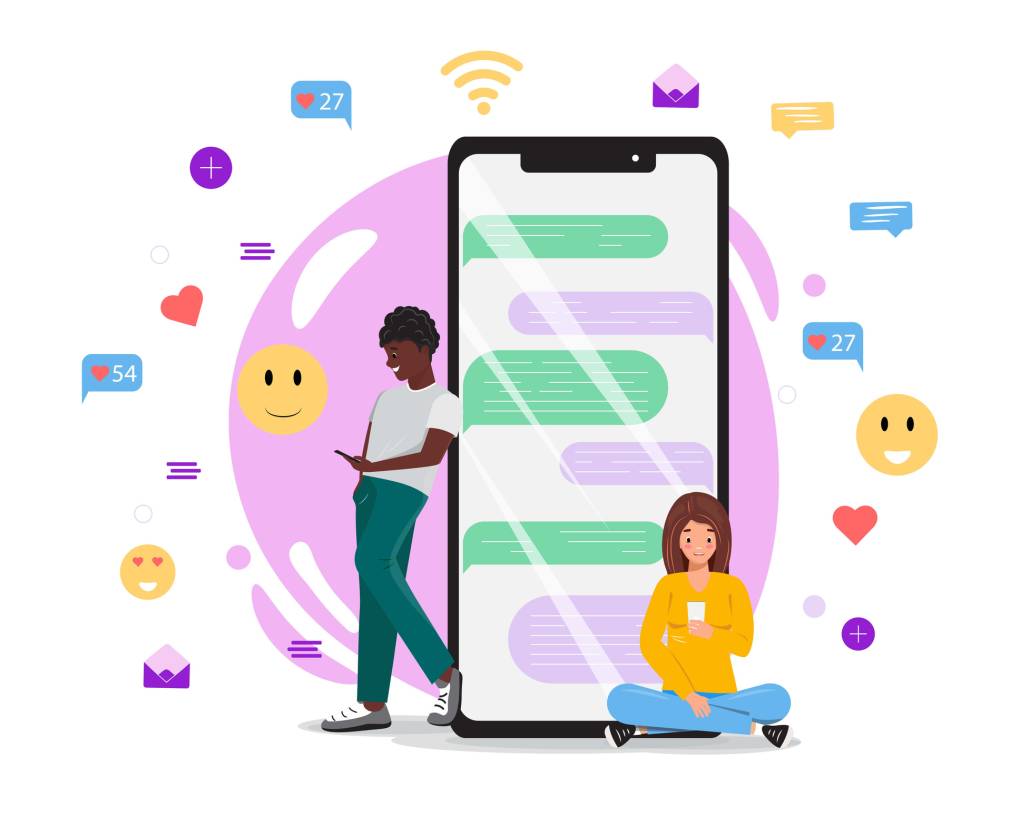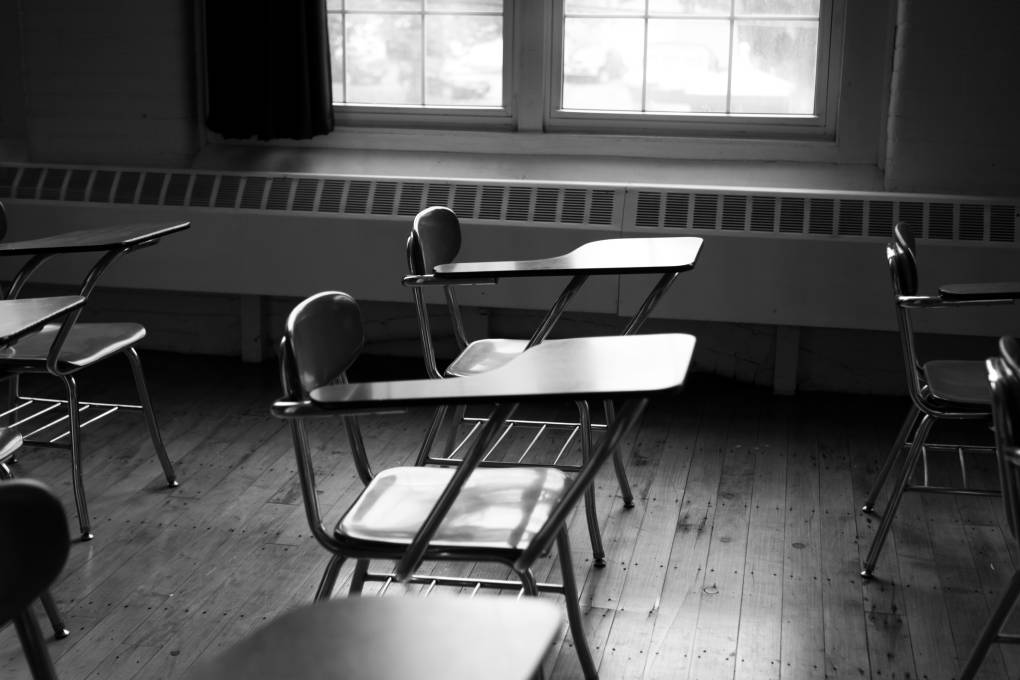Ranzetta recommends that teachers incorporate explainers about financial topics in the news into a weekly lesson. For example, Tara Razi, a teacher at San Marcos High School who uses NGPF’s curriculum, brought an article to her personal finance class about “buy now, pay later,” a newly popular payment practice that allows consumers to make a purchase immediately and pay it off in installments. “I always try to keep things relevant and up to date,” she said during a California Department of Education presentation on the benefits of financial literacy. “‘Buy now, pay later’ is becoming such a big thing in our society because people are financially hurting post-pandemic with inflation.”
Additionally, NGPF offers a weekly financial current events quiz game and explainer video called FinCap Friday designed for classroom use.
Comprehensive
Ranzetta said quality personal finance classes should cover a broad range of topics, including budgeting, investing, credit management and behavioral economics. From their first paycheck at a part-time job to accessing their retirement account, comprehensive financial literacy classes are designed to prepare students to manage money throughout all life stages and career trajectories.
While almost all states have adopted content standards that include personal finance, they don’t all require teaching the subject. Consequently, financial education can take a backseat to other requirements.
To address this issue, some schools are integrating personal finance education into existing curricula. For example, the K-6 program, Everyday Math, teaches students how to use math to solve practical financial problems, such as making change and counting with tally marks. At the high school level, standalone financial literacy classes are more common because students are starting to make their own financial decisions.
Customizable
In a randomized control study conducted in Italy, students who took an instructor-led financial literacy class and students who took a similar online course showed increased financial literacy compared to a control group. But three months later, the effects persisted only for students in the instructor-led course.
“The thing about having 25 students in front of you in a personal finance class is every one of them has had a different experience with money,” said Ranzetta. “Ultimately, we’re shaped by our own experiences.” Ranzetta encourages teachers to tailor financial literacy lessons to their students so they can apply what they know to their real life financial decisions.
For instance, financial literacy education can cater to college-bound students who may not get the support they need at home or at college and career offices. According to the National Association for College Admission Counseling, only 28% of public schools employ at least one counselor with the exclusive responsibility of college counseling. “There’s a certain percentage of kids who are like, ‘This isn’t for me. I can’t possibly afford this, not recognizing that they may actually qualify for significant amounts of financial aid,” said Ranzetta.
Tara Razi’s students at San Marcos High School can schedule a time to meet with her and get hands-on support with their finances. One student, for example, asked Razi for step-by-step guidance in transferring money from a checking account to a savings account. Additionally, if students feel prepared after the credit management unit and get written permission from their parents, she will walk them through signing up for a credit card.
Curated
Students have access to abundant financial information online, but they aren’t always great at recognizing misinformation. “You have access to all the world’s information, which is great, but it’s also a curse,” said Ranzetta. It’s increasingly important to provide financial literacy at school that is based on advice from knowledgeable experts.
Parents are often students’ first financial literacy teachers. However, a recent survey by CNBC shows that only 15% of parents said they spoke with their children more than once a week about household finances. “If they’re not getting it from parents and they’re not getting it from schools, they’re getting it from TikTok,” said Ranzetta. “They need to have the foundational knowledge to say, ‘Is this good advice or bad advice?”




